We had a snowstorm a few weeks ago, which I think might be the last for the season. I actually enjoy these spring storms – the snow is heavy and wet and it smells of spring.
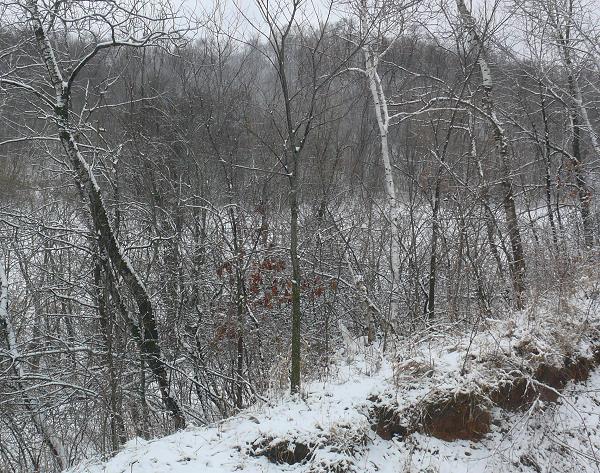
Since then it’s been raining nearly every day.
This is a big puddle that forms behind our house when it rains hard.

Misty prairies
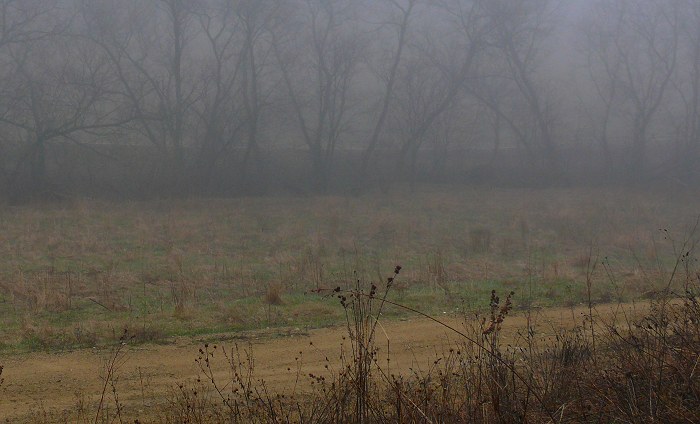
In between the storms I’m finding plants poking up, and flowers beginning to bloom.
Aspen flowers – Populus tremuloides

Sand Cress almost in bloom – Arabis lyrata
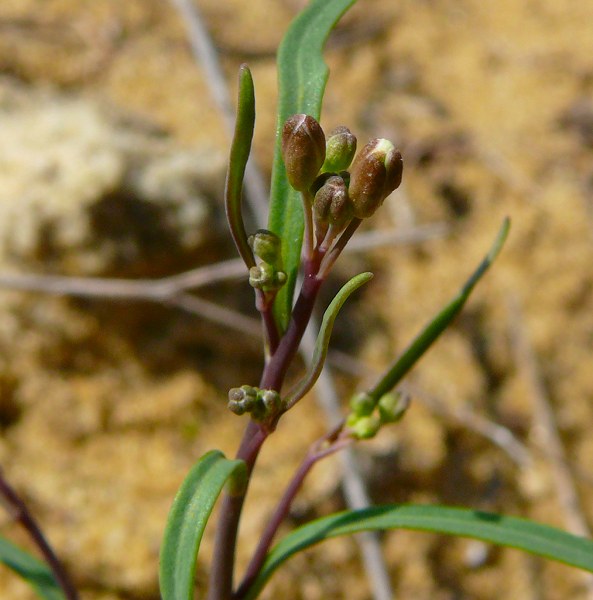
Elm flowers – Ulmus americana
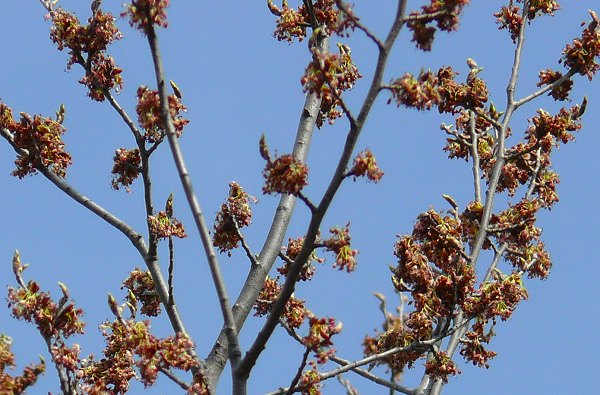
Monarda – Monarda fistulosa

Moss
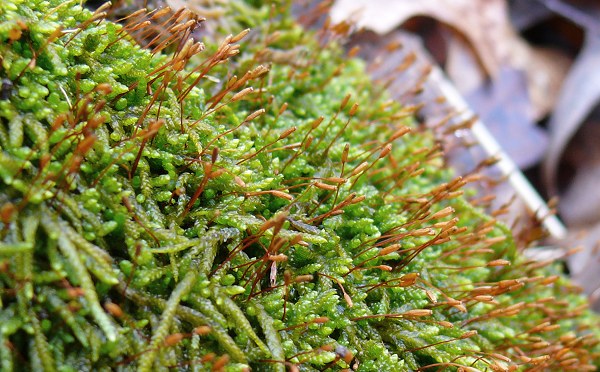
Pennsylvania Sedge – Carex pensylvanica

Pussytoes – Antennaria neglecta

Columbine – Aquilegia canadensis

Willow flowers – Salix sp.
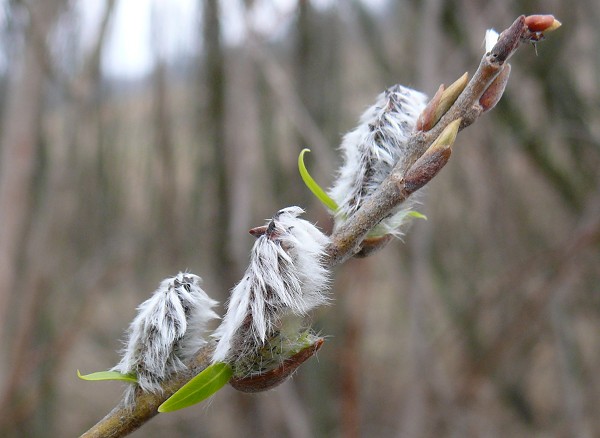
Wormwood – Artemisia campestris

Sumac Prairie is the warmest south-facing slope we have, and it’s where I always find the first flowers. I spent several afternoons looking for a “real” flower – not a tree or a grass or a sedge. I finally found one – a tiny flower that’s usually the first one to bloom here. The whole plant is only about an inch high and the flower is about 1/8th of an inch in diameter. It’s an annual, and grows on the steepest, sandiest slopes. It’s called Common Whitlow Grass – even though it’s actually not a grass – it’s in the mustard family.
Common Whitlow Grass – Draba reptans

Every few years the beavers move their main pond to a new part of the creek. This year it’s directly below Sumac Prairie.
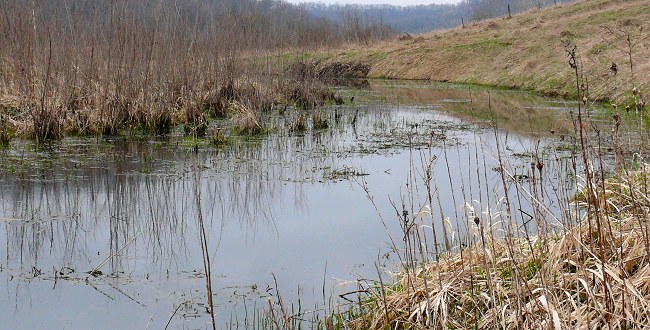
I sat on the bank next to the pond for a while; listening to the spring sounds and watching a muskrat chomp on stalks of new green grass.
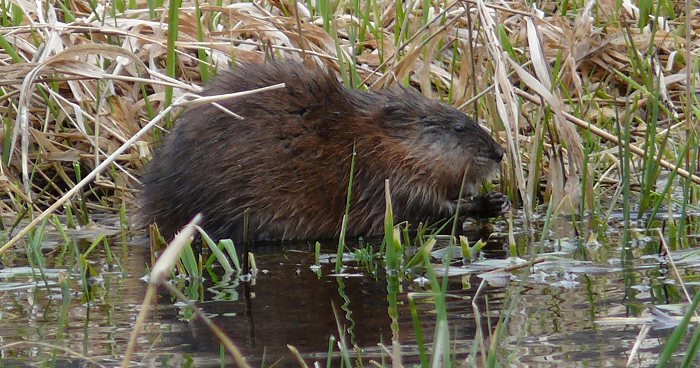
The early spring frogs are calling now. Our neighbors’ ponds are full of Wood Frogs and Spring Peepers. When I walk down to the pond, all the frogs fall silent. But if I sit there quietly for 10 minutes, they gradually begin calling again. If I stay still, they get louder and more confident, until the chorus is almost deafening.
During the day the chorus is mostly Wood Frogs. Here’s a video of the chorus. I think there were about 300 frogs in the pond.
The frogs inflate little sacs on the sides of their heads to produce the sounds. This frog has its sacs inflated.

Individual frogs vary in color from dark greenish-brown to light pinkish-tan.
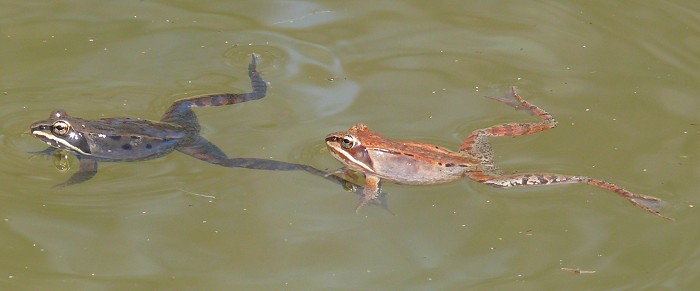
This what one Wood Frog looks like when it’s calling. Most of the sounds in the background are Wood Frogs, but one Spring Peeper joined in.
The aspens that I’ve been girdling for the last few years have been falling down. I’m finding big areas that are covered with fallen trunks. As soon as the weather gets a little drier, we’ll start collecting them into brush piles.
Aspen on Sumac Point
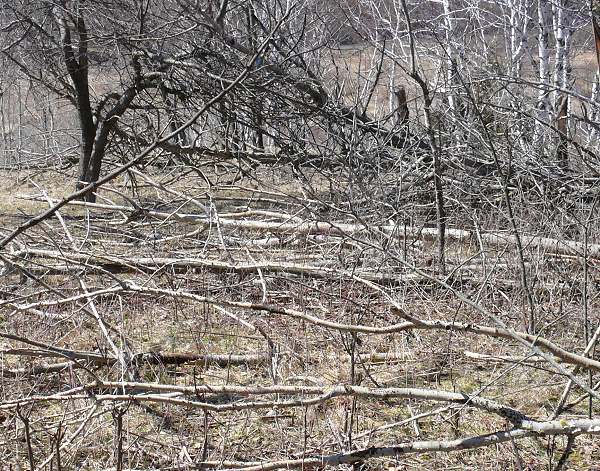
Aspen on Indian Grass Point
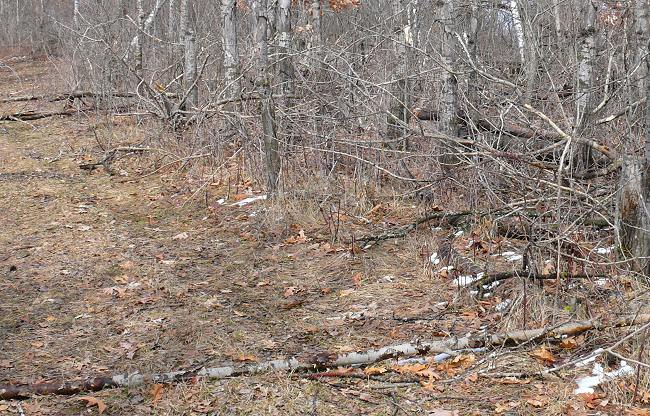
I’ve been seeing quite a few butterflies. When the rain stops and the sun comes out, they start flying in the sunshine. Most are still the species that over winter as adults – Mourning Cloaks and Commas. This is a Gray Comma.
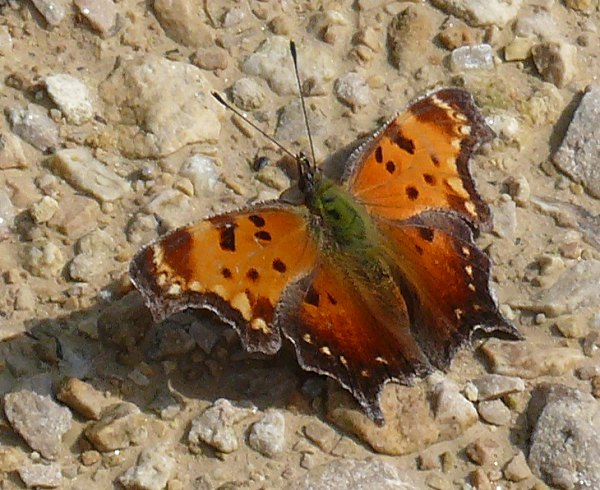
I did see two Painted Ladies. Painted Ladies don’t over winter here – they fly up from farther south, and repopulate our area every summer. I was surprised to see them so early in the year, so I checked with Mike Reese, who keeps track of Wisconsin butterflies. He has been hearing about and seeing many Painted Ladies this spring. Before this year, the earliest Painted Lady report he had was from early June. The ones this year probably came up on the strong south winds we had about a week ago.
Painted Lady

